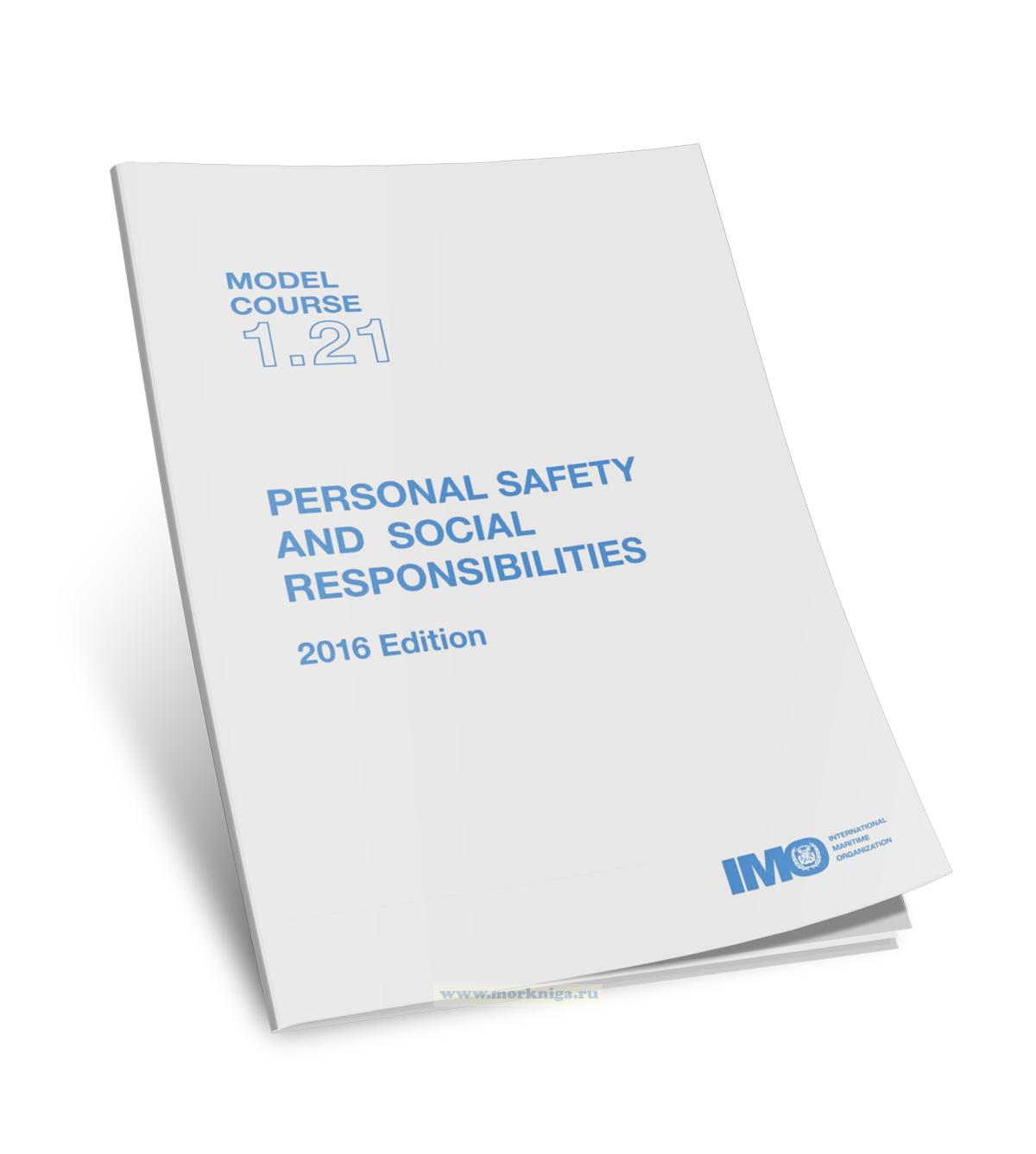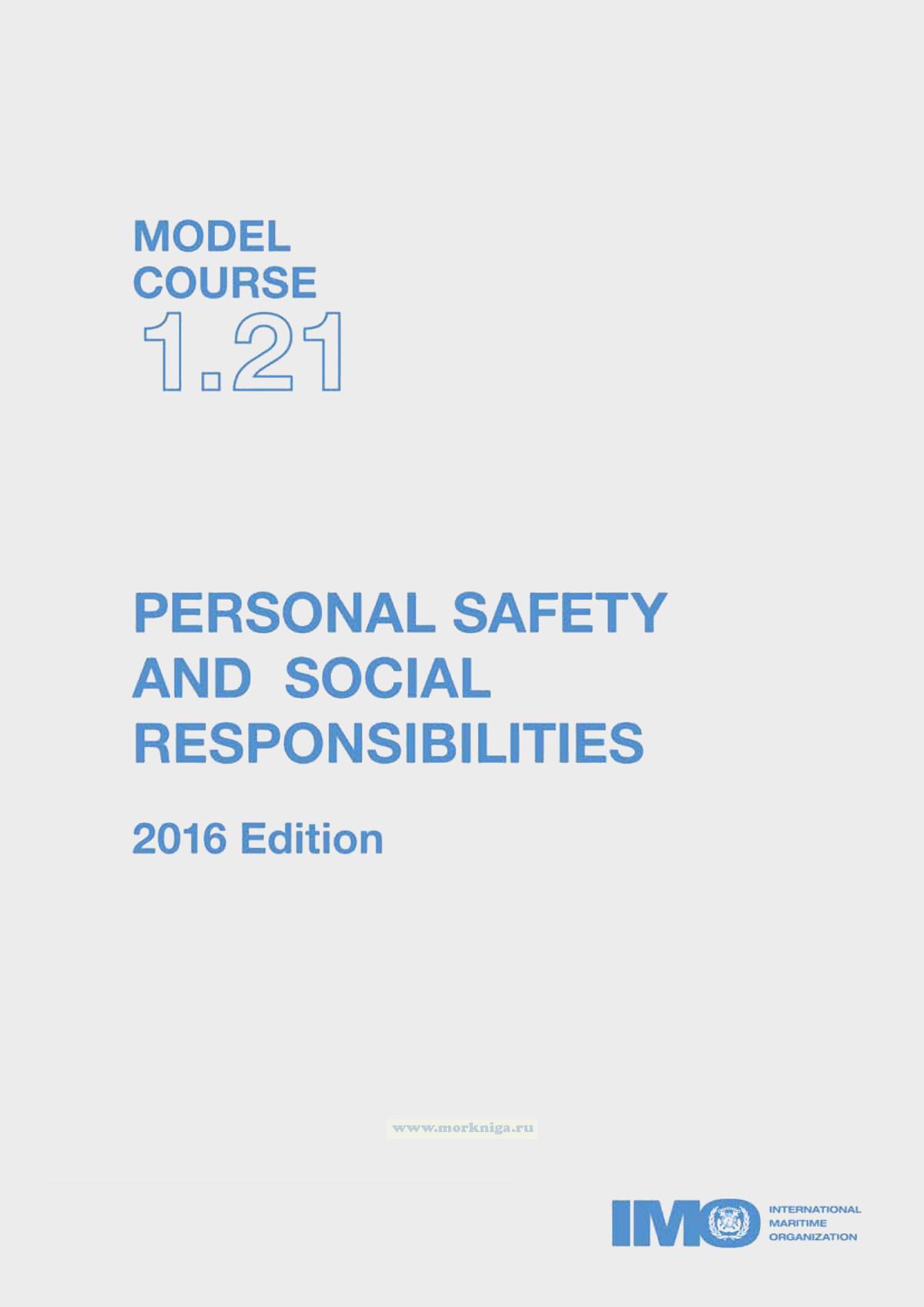Personal Safety and Social Responsibilities. Model Course 1.21. 2016 Edition
Книга на английском языке
After the adoption of the International Convention on Standards of Training, Certi?cation and Watchkeeping for Seafarers, (STCW) , 1978, the International Maritime Organization (IMO) recognized the need to provide guidance to maritime academies and training institutes to develop model training courses that are in compliance with STCW Convention requirements for certi?cation of seafarers. Hence the IMO model course programme was introduced to provide guidance with a view to supporting maritime training providers and to assist maritime administrations responsible for the approval of STCW courses.
The model course programme has been a long-time success and IMO has developed a number of model courses to help in effectively implementing the STCW Convention and the Knowledge, Understanding and Pro?ciency (KUP) requirements of the STCW Code. I believe that the key to this success is adherence to the requirements of the Convention while, at the same time, these requirements are supplemented with industry best practices so that seafarers can be con?dent in carrying out the duties on board. The success of a course depends on the skills and competence of individual course facilitators. As part of the model courses, IMO has also developed guidance on the implementation of the model course, which may help those less experienced facilitators to make each course a success.
Contents
Foreword
Introduction
Purpose of the model courses
Use of the model course
Lesson plans
Presentation
Implementation
Training and the STCW Convention 1978, as amended
Responsibilities of Administrations
Validation
Part A: Course Framework
Aims
Objective
Entry standards
Course certificate
Course intake limitations
Staff requirements
Teaching facilities and equipment
Teaching aids (A)
IMO references (R)
Textbooks (T)
Bibliography (B)
Videos (V)
Internet website references
Part B: Course Outline and Timetable
Lectures
Course Outline and Course Timetable
Course Outline
Course Timetable
Part C: Detailed Teaching Syllabus
Introduction
Part D: Instructor Manual
Introduction
Guidance Notes
Appendix 1: Example Lesson Plan
Appendix 2: Sample Enclosed Space Entry Permit
Appendix 3: Sample Hot Work Permit
Part E: Evaluation
Initial/Diagnostic assessment
Formative assessment
Summative assessment
Evaluation for quality assurance
Assessment planning
Validity
Reliability
STCW 78, as amended
Evaluation of competence
Multiple choice questions
Compiling tests
Quality of test items
Advantages and disadvantages of oral and practical tests
Example Exercise 1
Example Exercise 2
Example Exercise 3
Example Exercise 4
Example Exercise 5
Guidance on the implementation of IMO model courses

